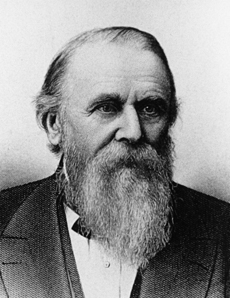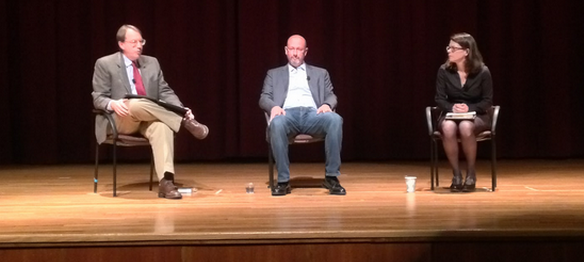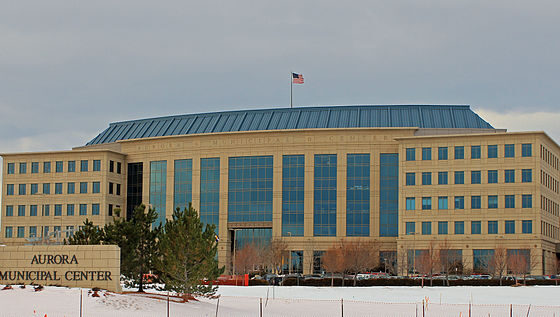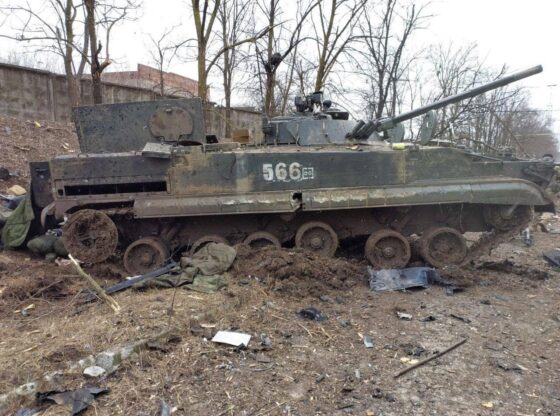The DU Department of History and Office of the Provost hosted Ari Kelman, author of the award-winning book “A Misplaced Massacre,” about the Sand Creek Massacre, at a discussion about the event, on Oct. 21.
Over 100 members of the DU and Denver community attended the discussion, which occurred in Sturm’s Davis Auditorium. Kelman is a former DU professor, current McCabe Greer Professor of History at Pennsylvania State University and winner of the coveted Bancroft Prize from Columbia University for books about diplomacy or the history of the Americas. Joining Kelman in the discussion were DU History Professor and Department Chair Susan Schulten and Associate Professor of History William Philpott.
This event was hosted as part of the Sesquicentennial Conversations series, as it is the sesquicentennial of both DU’s founding and the Sand Creek Massacre.
The discussion opened with an overview of the massacre by Kelman. The event occurred on Nov. 29, 1864 when Col. John Chivington led the 3rd Colorado Regiment and part of the 1st Colorado Regiment into an Arapahoe and Cheyenne Native American settlement. The settlement had been previously identified as peaceful and cooperative by Edward Wynkoop, who was an officer in the area. The people residing there also believed they were protected by a treaty that had been signed six weeks earlier. Nonetheless, troops massacred a large group of Native Americans, who were mostly women, children and elderly persons.
Much of the DU discussion focused on why it took so long for Americans to understand the extent and intentions of Sand Creek.
“It was a fight that, in some instances, still continues,” said Kelman, describing the efforts to recognize Sand Creek as a massacre, rather than a battle.
Kelman described the situation, including the great effort Chivington put into convincing the public that his troops fought a valiant battle. In addition, said Kelman, the public wanted to see the event as a glorious battle, as tensions with tribes ran high and pressure increased for successful Civil War battles. As a result, the public viewed the Sand Creek Massacre was a successful battle.
Also important to the discussion was the involvement of John Evans, founder of DU and territorial governor of Colorado at the time. Kelman iterated further that, in the month preceding Sand Creek, Evans and Chivington were not getting along and Evans saw Chivington as overly political.
“We don’t know definitively what John Evans knew,” said Kelman, describing Evans’s potential role in the massacre.

However, Kelman said Evans made several decisions in 1864 that increased tensions with tribal communities and forced the public to panic about the situation, including a request in June of 1864 that all “friendly” tribes identify themselves and later allowed Coloradans to kill any “hostiles” and take their property. Kelman used these situations as examples of how uninformed Evans was regarding tribal affairs.
“In terms of Evans’ culpability,…[he committed] an unusually cowardly act,” said Kelman.
In 2013, DU created a committee to investigate the role John Evans played in the event. Organized by various social science and humanities professors and other DU staff, the John Evans Study Committee was created in response to a similar committee created by Northwestern University, which was also founded by John Evans. DU’s committee plans on releasing a report on either Nov. 1 or Nov. 3.
During the discussion, Nancy Wadsworth, a member of the committee and Associate Professor of Political Science at DU, mentioned that the committee finds it difficult to claim that Evans had to know about Chivington’s intentions to be considered responsible.
“There are different goals for history…[It] means different things to different people,…[and] it serves different purposes for different people,” said Schulten. Clearly, there are many different interpretations of the event, but according to Kelman, one thing is certain: this was the Sand Creek Massacre, not the Sand Creek Battle.











